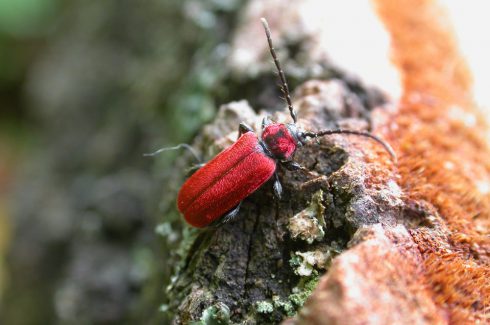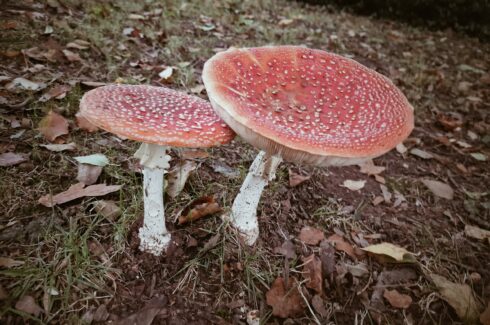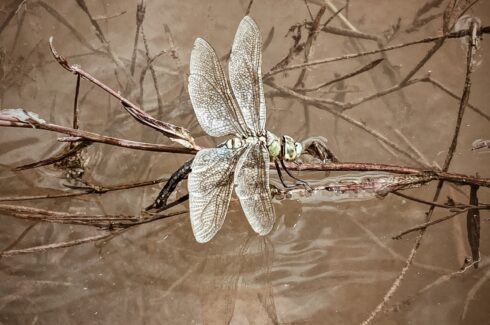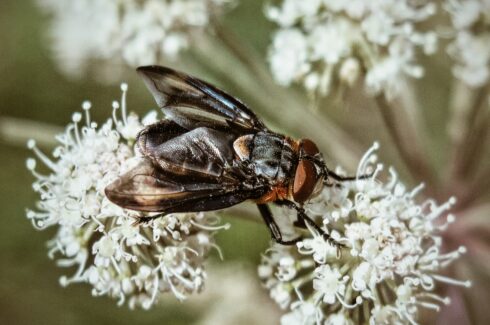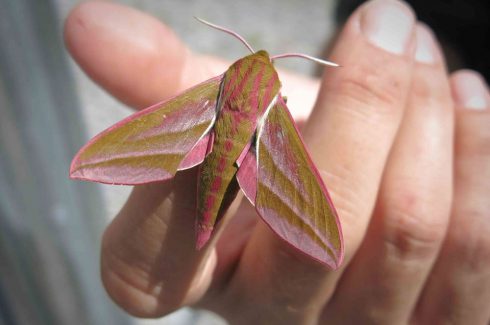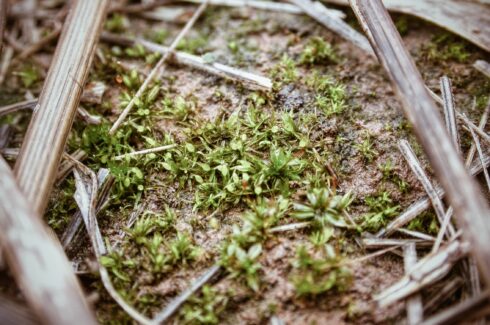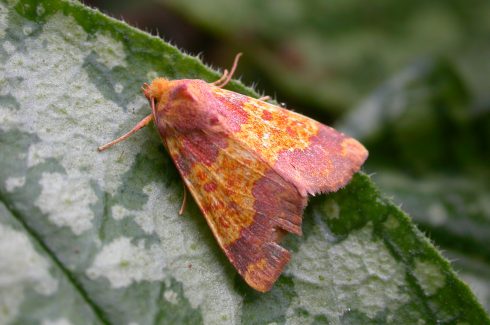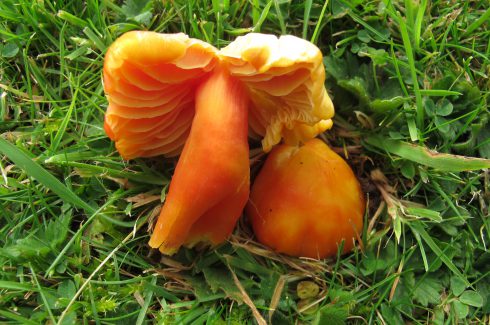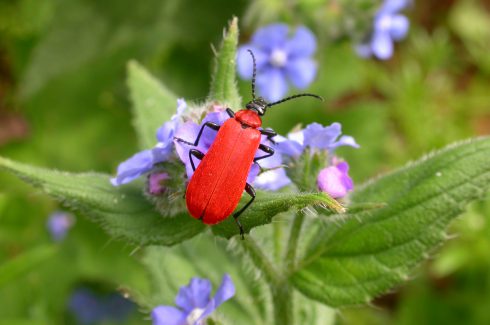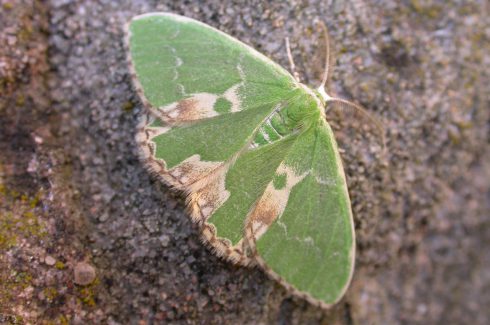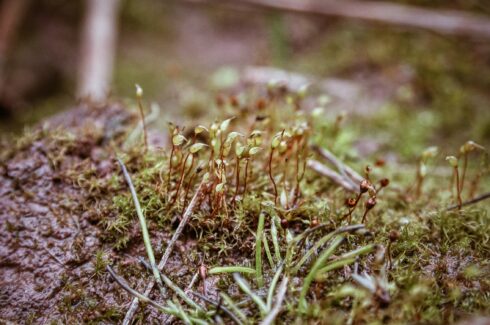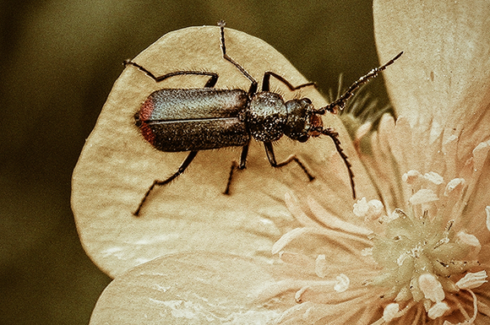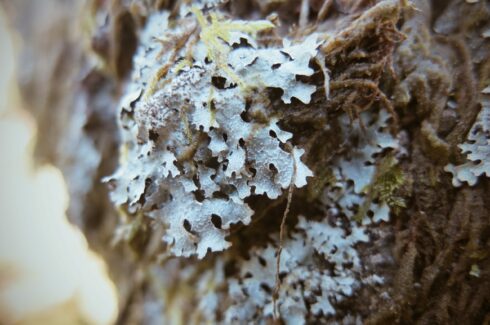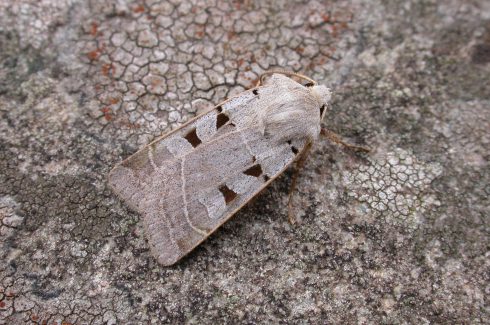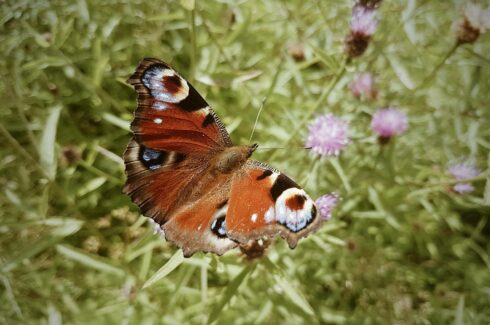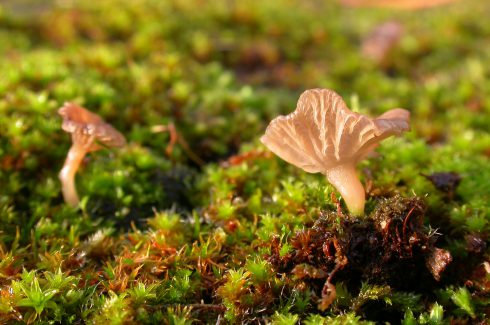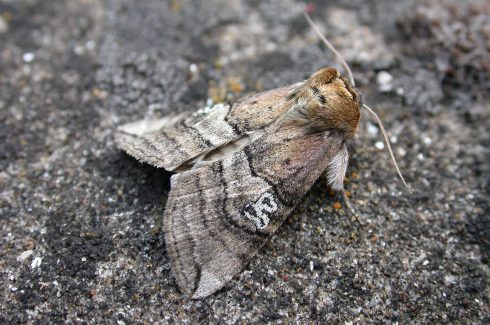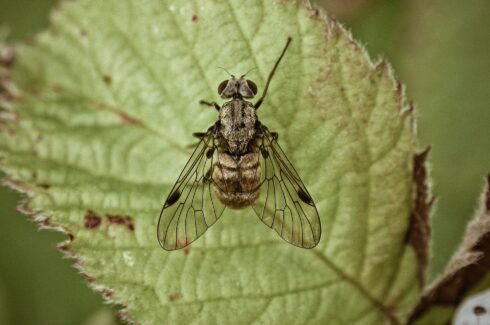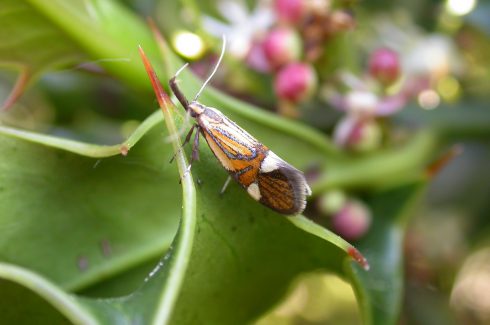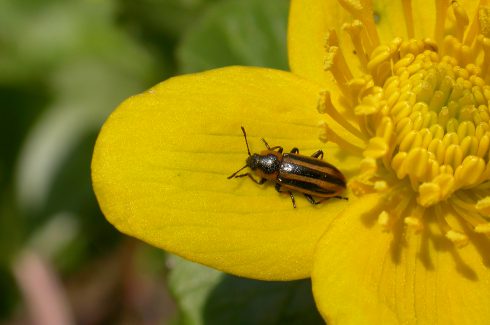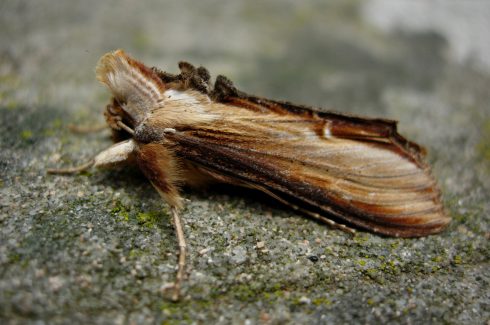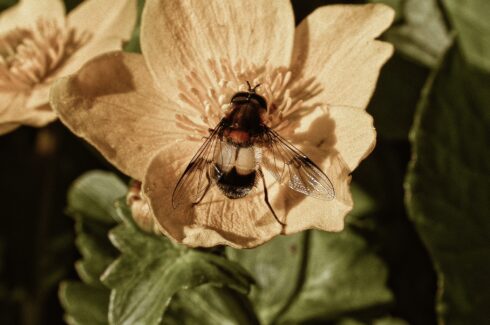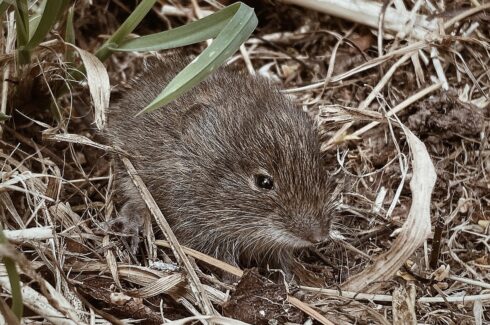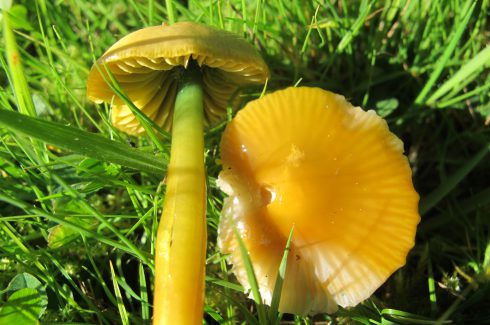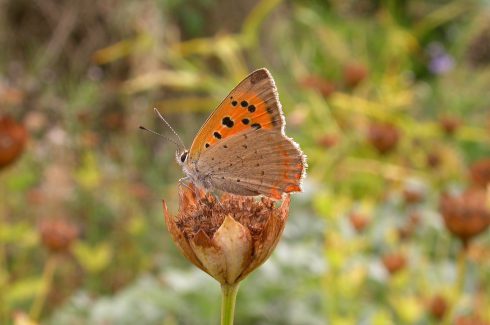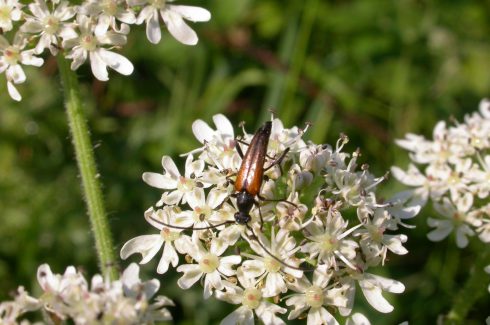wildlife at old lands
The present custodian, Sam Bosanquet, is a working ecologist and has been managing the land since 2008 with the primary intention that it is farmed to support and restore the biodiversity found in an open, farmed landscape. He has been monitoring and recording flora and fauna found here for the last 30 years and have recorded over 3400 species.
Sitting at its core, the big house is flanked on all sides by a historic, registered parkland, which was planted in the late 18th century with Oak, Turkey Oak, and Beech trees. Many of these have dead ‘stag’s-horn’ branches that are home to an important array of insects specific to parklands, including the strikingly red longhorn beetle Pyrrhidium sanguineum. Although the insect fauna is rich and diverse, our rare species struggle to find nectar and pollen to feed on as adults (their larvae eat dead wood). To provide the necessary nectar sources for them, we are in the process of reverting the grassland between the trees to a species-rich mix of grasses and flowers, interspersed with clumps of hawthorns and blackthorn. Key to this reversion’s success is reducing the grassland’s fertility – most wildflowers are outcompeted by grasses when nutrient levels are high. Once the significant seeds have dropped, a late hay cut removes nutrients, leaving the conditions more favourable. Paired with low-intensity cattle grazing, we use ‘green hay’ from the ancient grasslands that make up the lawns of the big house to spread the seed across the fields. Species such as Knapweed and Devil’s-bit Scabious have already spread out from their relict sites to recolonise other fields. In 2022 a single plant of Green-winged Orchid appeared in one of the fields, its seed brought here on the wind. Its arrival is a good indicator that the fertility levels have fallen to a level where other blow-ins might thrive. The diversity is noticeably already benefitting the parkland beetles, Essex Skipper and Marbled White butterflies, Six-spot Burnet, Narrow-bordered Five-spot Burnet, and Burnet Companion moths, Long-horned Bee (new to the area in 2022), and a range of grasshoppers including Long-winged Conehead. In time, small mammals, including voles, will increase, along with their predators, Weasels, Stoats, and Barn Owls, should become more common too. Kestrels nested for the first time in nearly 20 years during the summer of 2022, thanks to the increased extent of rough grassland.
The overlooked, uncharismatic invertebrates, lichens, bryophytes and fungi, are the keystones of our open country ecosystem, which has developed through centuries of low-intensity farming. By placing them at the centre of our management approach, the bigger, high-profile species will follow when the conditions are ready to support them.
Sam does nature walks by request. Please email him on sambbryo@aol.com to book. These run from May to the end of September. He can’t take bookings under a month in advance as he has a busy fieldwork season so he might not always be free.
Old Lands species total: 3440
Fungi: 381 / Lichens: 162 / Bryophytes: 244 / Flowering plants: 506
Spiders & Harvestmen: 61 /. Woodlice: 11 / Mayflies: 16 / Dragonflies & Damselflies: 14
Caddisflies: 31 / Grasshoppers & Crickets: 10 / Bugs: 84 / Lacewings: 22 / Butterflies: 26
Moths: 1014 / Flies: 293 / Wasps & Ants: 66 / Bees: 55 / Beetles: 201 / Snails & Slugs: 62
Fish: 6 / Amphibians & Reptiles: 7 Birds: 136 / Mammals: 32

